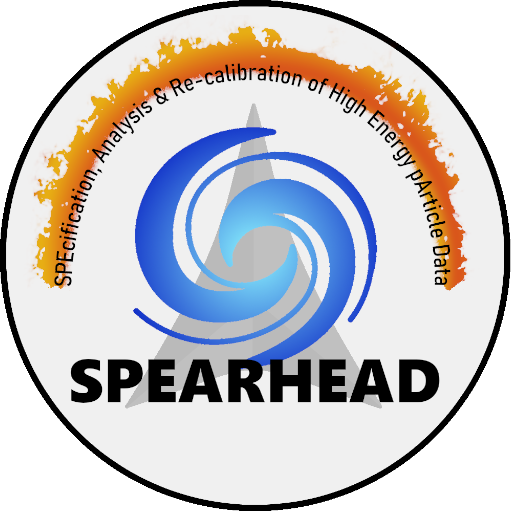Tools
The tools developed within the SPEARHEAD project are presented here. They are shared open access via the official SPEARHEAD repository on GitHub and the SPEARHEAD Jupyterhub where available.
bowtie: Bow-tie analysis for the energy channels of a generic particle instrument
This analysis tool runs a bow-tie analysis (Van Allen et al. 1974) for the energy channels of a generic particle instrument. The input is a csv table of channel responses indexed by the incident energy. The results of analysis are the geometric factor (with errors) and the effective energy of the channel.
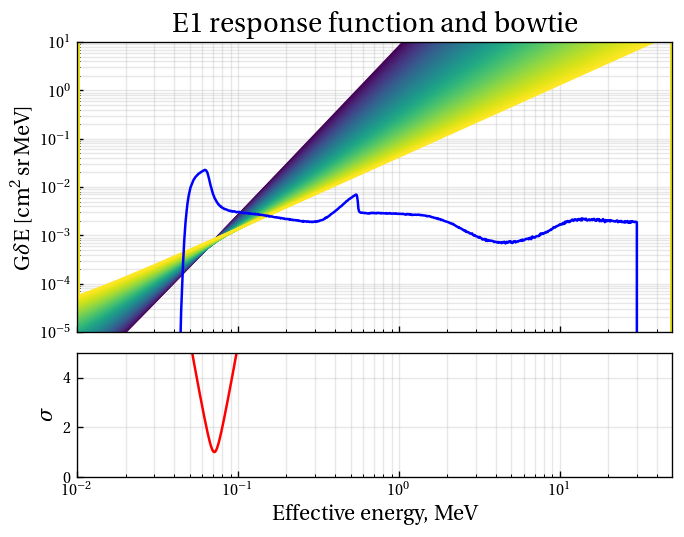
FDAT: Forbush Decrease Analysis Tool
A graphical interface tool for analyzing Forbush decrease and Interplanetary Coronal Mass Ejection (ICME) events, conducting ForbMod best-fit calculations on selected data regions and performing in-situ analysis of ICMEs.
FDAT enables to:
- Plot and analyze ICME/Forbush decrease events
- Select borders of ICME events and related Forbush decreases
- Perform in-situ analysis of ICMEs
- Execute ForbMod best-fit procedures on selected events
- Generate comprehensive analysis outputs and visualizations
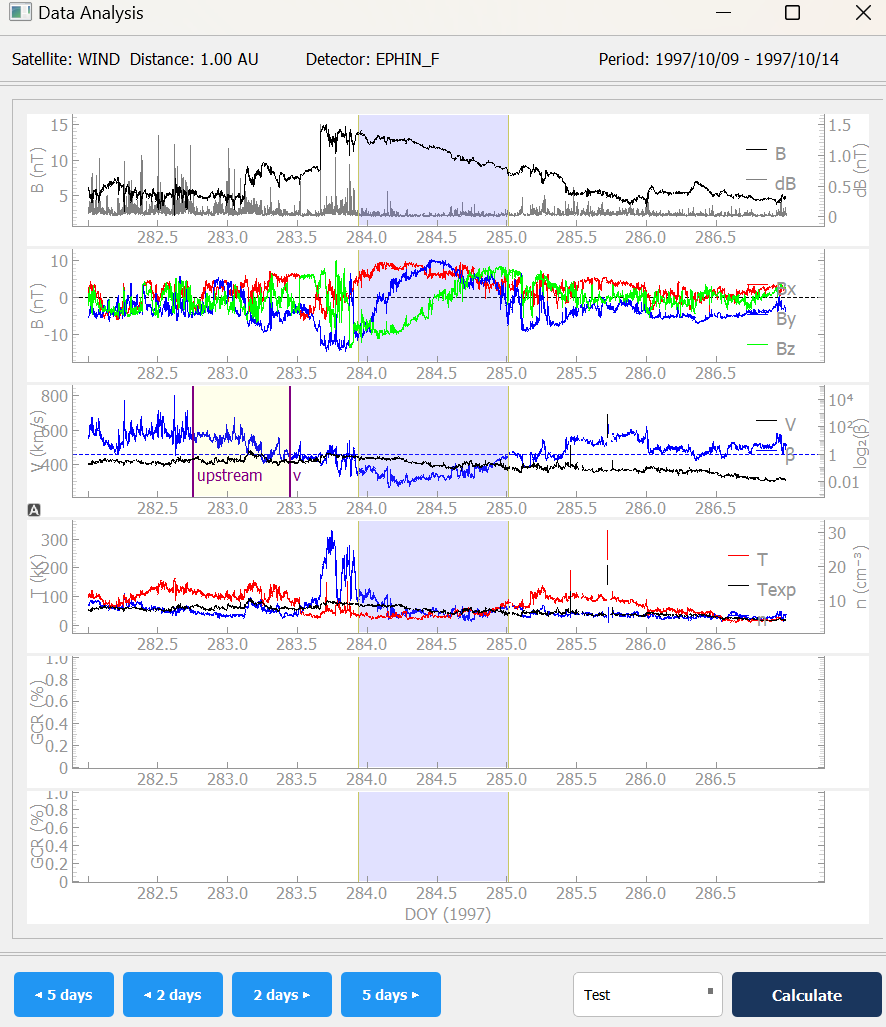
G4VM: GEANT4 Virtual Machine for simulations of SOHO/Chandra EPHIN and Solar Orbiter HET
The G4VM (GEANT4 Virtual Machine) aims to make GEANT4 instrument simulations of SOHO/Chandra EPHIN and Solar Orbiter HET readily accessible.
It contains the corresponding GDML models along with a compatible GEANT4 application. The models incorporate the sensitive detectors of the instruments and the passive material shielding the detectors, represented with high precision. Each instrument is provided individually and with a spacecraft model that maps the spacecraft’s shielding material onto spherical shell segments with varying densities to account for directionality.
The GEANT4 application can be built independently but is provided in a configuration that works seamlessly within the recommended setup.
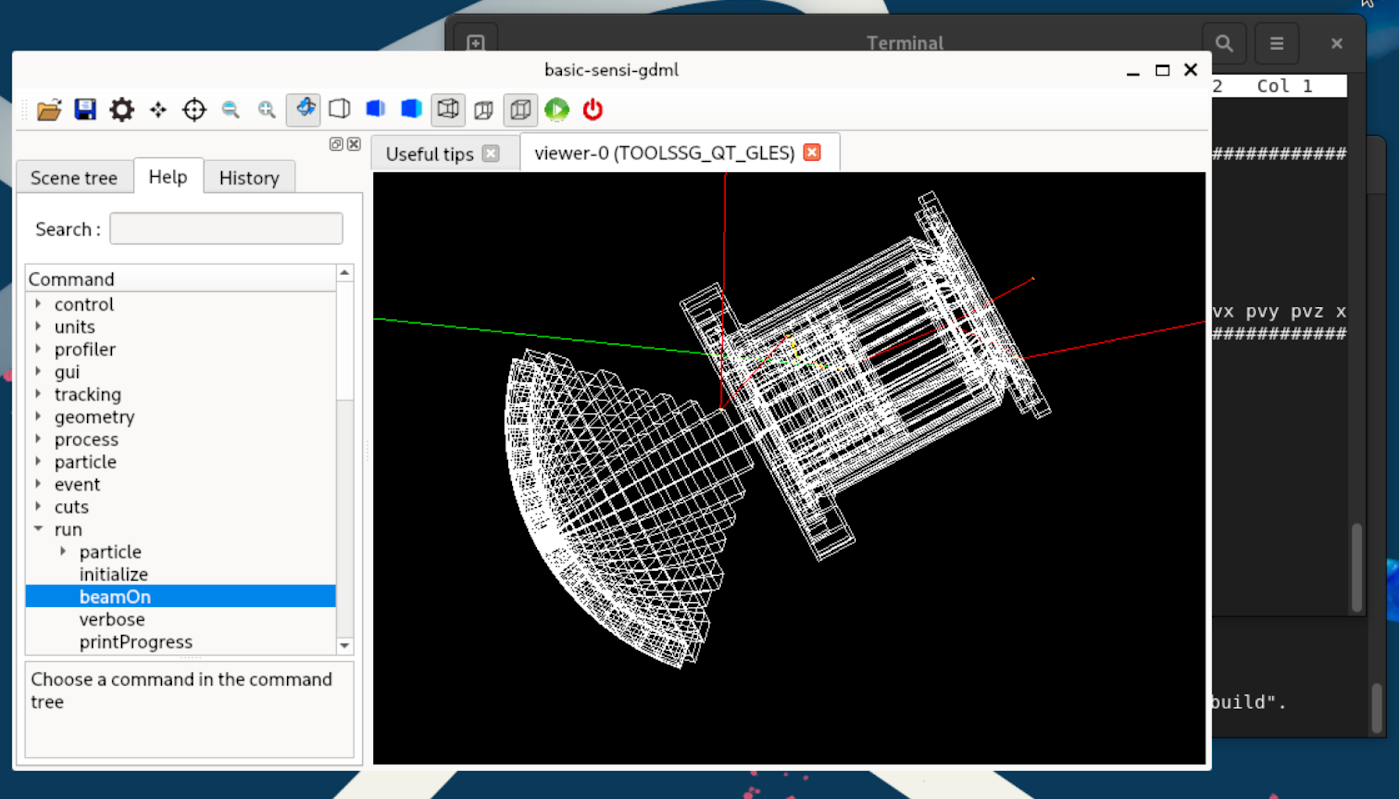
VDA: Velocity Dispersion Analysis of Solar Energetic Particle events
The VDA tool helps in the automation of Velocity Dispersion Analysis (VDA) of one or multiple Solar Energetic Particle (SEP) events. Each event is provided to the tool as a point in time. The user can parameterize the given Notebook and control which particle species are used, the sensor from which they are detected, and the viewings to be considered.
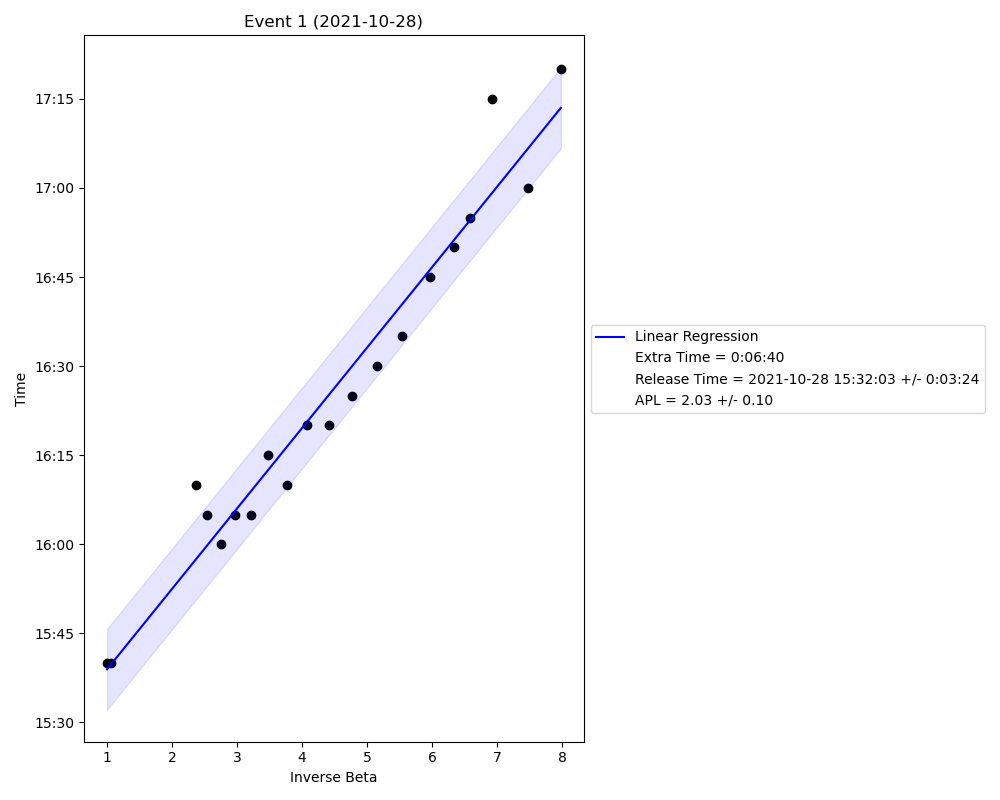
SPEARHEAD SEP-PACT (Solar Energetic Particle Analysis and Calculation Tool)
SEP-PACT (Solar Energetic Particle Analysis and Calculation Tool) is a software framework designed to automatically analyze Solar Energetic Particle (SEP) events, utilizing data from the High Energy Telescope (HET) onboard Solar Orbiter. It computes key parameters such as the onset time, peak flux, peak time, and fluence for both electron and proton data, enabling consistent and efficient event characterization. Users have the option of combining different HET channels and various time-resolutions. Furthermore, all viewing directions are being used.
- Visit tool’s GitHub page
- Use the tool in Jupyterhub

